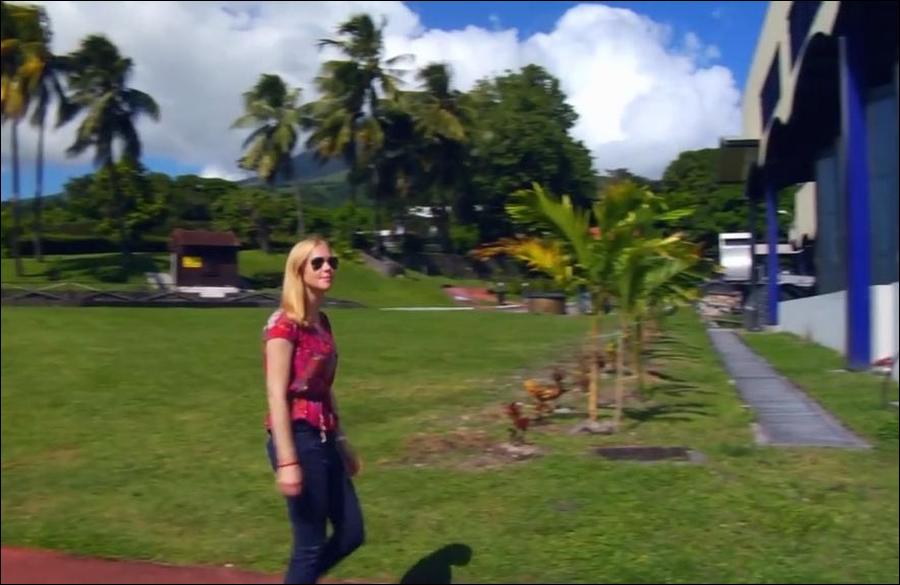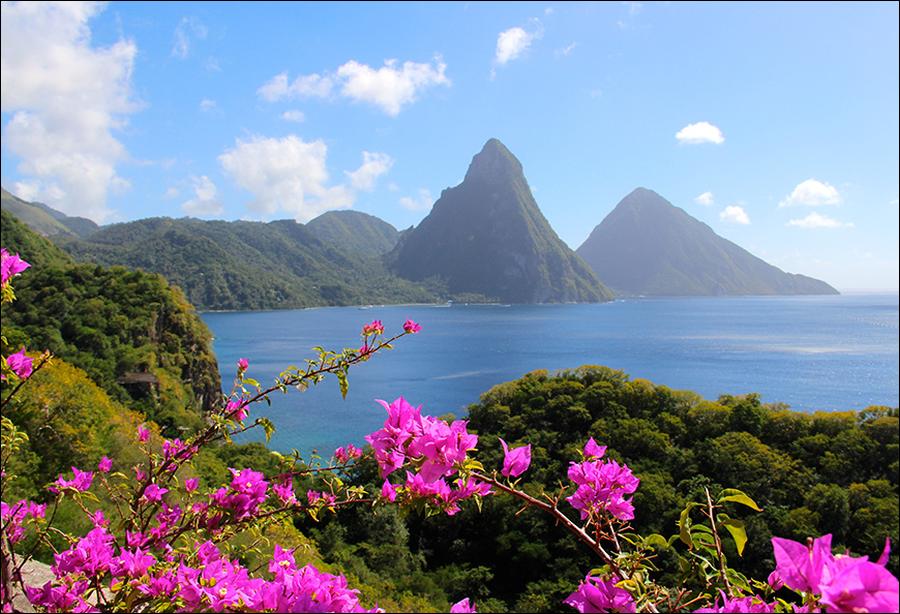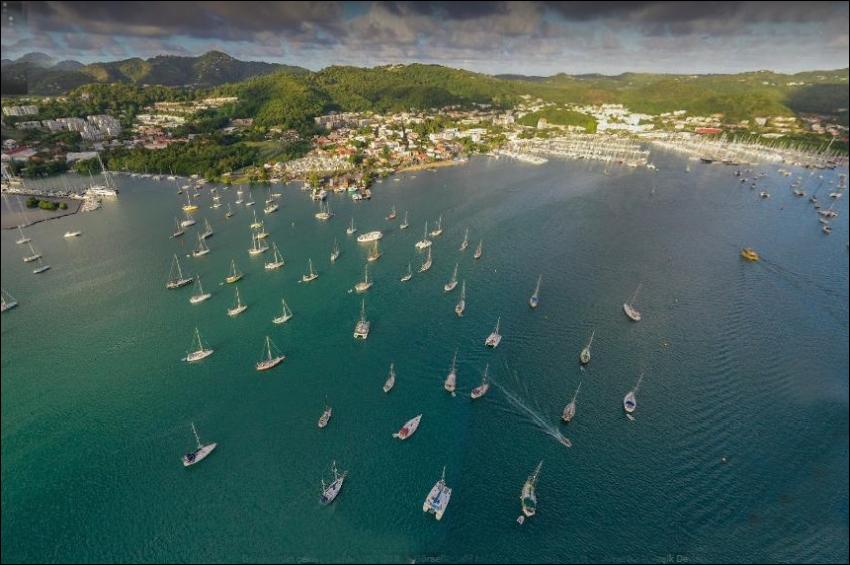Geologically and physiographically Trinidad and Tobago are outliers of the South American continent. Trinidad (area 1862 sq. mi.) is separated from Venezuela by the Gulf of Paria, which it encloses on the east, and by the narrow entrances to the gulf. The mountain range along the northern edge of the island, with a maximum elevation of 3085 feet, is a continuation of the range that forms the Paria Peninsula of Venezuela. The core of this range consists of crystalline schists with threads of quartz that are in places gold-bearing.
Trinidad and Tobago is a dual island Caribbean country off South America with two very distinct identities. Bustling Trinidad is the business hub with an eclectic heritage (its people hail from African, Indian, Chinese, Arabic and European descent), a legendary carnival and a work hard, play hard philosophy. Laid back Tobago’s raison d’être is the pursuit of pleasure – if archetypal Caribbean beaches are what you’re after, this is the place to be.
Unlike heterogeneous Trinidad, its residents are mainly of African descent and the restaurant and club scene is a little less varied for it. Western Tobago is clogged up with resorts and but you can still find a slice of solitude outside the developed areas. While each island retains its own flavour, both offer the Caribbean trademarks – fields of sugar cane, waterfall hikes, rum cocktails, music and incredible beaches.
Both Trinidad and Tobago were discovered by Christopher Columbus on his third voyage in 1498. Trinidad was named after the Holy Trinity and remained in Spanish hands until 1797 when the island surrendered to a British blockage of 18 warships. The two islands of Trinidad and Tobago were incorporated into a crown colony in 1888 which eventually obtained self governing status in 1958; which in turn led to independence in 1976 when Trinidad and Tobago became a republic.
The population of Trinidad is 1.2 million and the capital is Port-of-Spain in the north. Other large towns include San Fernando and Chaguanas. The official language is English (although all islanders speak a local Creole) and the official currency is the Trinidad and Tobago dollar. Trinidad is the birthplace of calypso music and famous for the invention of the acoustic instrument steelpan.
Tobago is the smaller island of the Republic of Trinidad and Tobago (together with 21 smaller islands). Tobago lies just north of Trinidad and south east of Grenada in the southern Caribbean Windward island chain.
Tobago is just over one hundred square miles (26 miles long and 6 miles wide) with a population of just over 50,000. The capital is Scarborough where 17,000 of the island’s inhabitants live. As part of the Republic of Trinidad and Tobago it has been independent since 1976.
Tobago is a volcanic island with a line of small mountains running down the centre of the island with the highest point being Pigeon Peak near Speyside at 1,800 feet. The south east of the island is largely flat.



